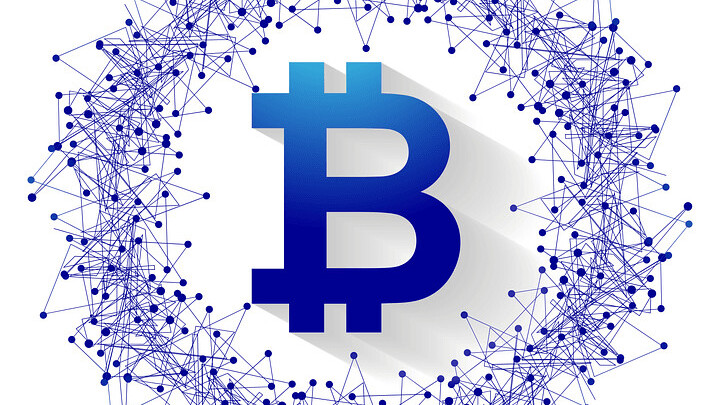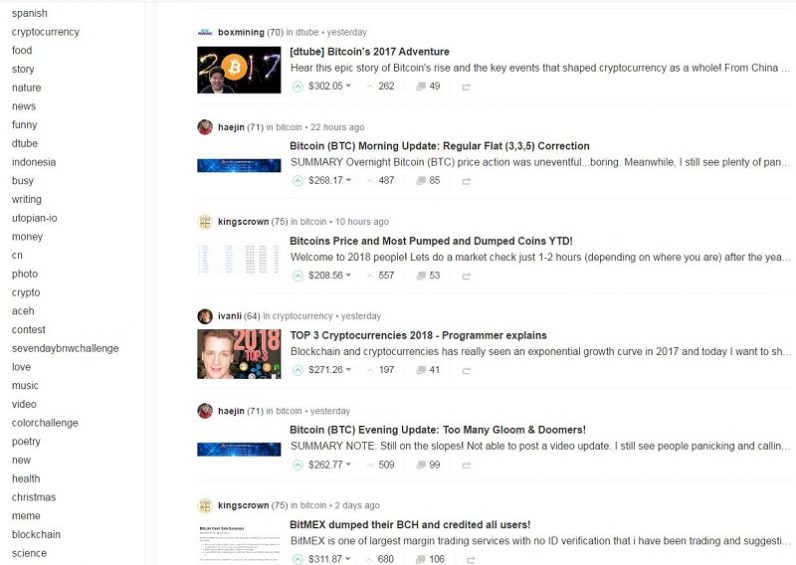
If you’ve been watching the news lately, you’d probably be curious about the rise of cryptocurrencies, and how it is minting millionaires and even billionaires just because of its phenomenal rise in value.
Recently, the Winklevoss twins, Tyler and Cameron have become the first Bitcoin billionaires (save perhaps for Bitcoin’s creators). You may remember them as the Harvard alumni who staked a claim against Facebook saying they were early investors but the idea was stolen from them.
The Winklevosses reportedly bought $11 million worth of BTC in 2013 using the $65 million proceeds they got from their Facebook settlement. The price of Bitcoin at that time was $120. As of writing, it’s almost $15,000.
That’s 12,400% percent growth on their investment.
There’s also this craze surrounding crypto assets in general. Businesses are raising funds through tokensales or ICOs. And people are buying crypto and “hodling” on, in the aim of growing their money as investment. Some are even actively trading Bitcoin on the margin – buying low and selling high.
If you ask me, thinking of crypto as an “investment” is the wrong perception. Cryptocurrencies were designed mainly for value exchange. And of course, I stand firm in my belief that it’s the underlying blockchain technologies that hold more value in today’s digital ecosystem.
Even if you are not earning directly from BTC’s exchange fluctuation or from launching your own ICO, there are other, simpler ways to take advantage of blockchains for monetary gains.
Here are a few to get you started:
1. Accomplish micro-tasks in exchange for cryptocurrency
You may recall the “Mechanical Turk” concept introduced by Amazon in 2005 as a crowdsourced marketplace for tasks. The concept is simple: Tasks can be easily done if these are broken down to smaller tasks and distributed to several workers. While limited to mostly tedious and repetitive tasks, there is value in this system, wherein users could earn micro-payments by doing small tasks, while the client is able to accomplish bigger projects faster.
The same concept could perhaps be applied with small-project freelancing sites like Fiverr, which started out as a freelancing site for tasks that are paid at least $5 each to accomplish.
Storm Token is the blockchain equivalent of these micro-task platforms. It is a gamified platform for micro-tasks that enables anyone to earn from virtually anywhere and using any device. For instance, users can earn cryptocurrency from doing certain tasks, which may include QA testing, data entry, and other peer-to-peer freelancing tasks.

The developers behind Storm actually have a good background in gaining traction and reach, having brought their Storm Play application across 1 million users in 187 countries so far. The company has ended it’s crowdsale in order to raise funds to improve and build their platform and raised over $30mm.
2. Participate in social curation
The internet is awash with fake news, and thus the “signal to noise” ratio is not quite acceptable. On social networks, this effect could be amplified, as there is the so-called “confirmation bias” wherein users primarily see topics they are interested in, and would tend to agree with posts and comments, even if many of these have fake sources.
The problem with social networks by far is that most are free, and it can be difficult for good content to stand out from the crowd if we are bombarded by sentiments from just about anyone. The blockchain can solve this by implementing a reward mechanism for active participation.
Steemit a project that resembles a Blockchain Reddit, has launched a social network that lets users curate user submissions, thus pushing up only those that they deem to have valid or interesting content.

This is done by sending small amounts of crypto tokens to posts that they deem good — somewhat similar to sending a micro payment for every “like”. This is in contrast to the free “likes” on social networks like Facebook. These can be cheap, but if there is some monetary aspect to voting up a social media post, then each upvote will have some real value attached to it. The creators of Steemit believe this can help solve the fake news and noise issue on social networks. Meanwhile, content creators get rewarded by the crypto value of the “likes” equivalent.
3. Be part of crowdsourced intelligence
Part of the blockchain’s beauty is its distributed nature. And this is also the main reason for crowdfunding becoming so popular – particularly through ICOs. But another part of the crowd-based nature of the blockchain is crowdsourcing, particularly gathering information and intelligence from distributed sources.
This is exactly the concept behind startups that mine data and intelligence from the crowd. But one in particular,
Sharpe Capital, gathers financial intelligence from the crowd and rewards users for participation. Of course, being a tool for financial advice, Sharpe Capital utilizes an immutable reputation score, which is stored on the Ethereum blockchain.

The platform uses machine learning capability, and intelligence is acquired through an artificial neural network – meaning it is inspired by how the human brain works – in working its recommendation engine. And to make it easy for users to participate in the crowdsourcing platform, the solution uses natural language processing, in order to understand any sentiment or advice given by users without the need for complicated protocols or syntaxes.
In gist, the platform rewards users for their predictions about financial markets through cryptocurrency.
4. Buy and “hodl” on
This is perhaps the most straightforward means of participating in cryptocurrency growth without having to be too active about it. If you’ve been watching the price of Bitcoin, it has grown significantly in almost a decade of existence. Thus, people who have bought and held on to their cryptocurrency see themselves reaping the rewards of an upsurge in value.
Here, the term “hodl” is a running joke, of course – it stemmed from a forum thread wherein the original poster misspelled “hold” with “hodl”. The term has since made its way into common usage, usually referring to how Bitcoin “traders” or “investors” would hold on to the cryptocurrency on a long-term basis to profit from its rise in value, even amid popular opinion that one should sell once the value has peaked.
This is in stark contrast to active “trading” wherein a trader would buy low and sell high, and buy again when there is a dip. In hindsight, those who have held on to their BTC when it was still priced at around $200 each would probably be worth millions today. But an added worry today would be the naysayers, who would warn against trusting the system too much because we might be in a cryptocurrency bubble that could burst at any time.
Conclusion
Earning from blockchains and cryptocurrency could be as straightforward as simply buying into the currency, which could involve a small investment. Or, if you are keen on earning from the micro-task, crowdsourced, or curation, ecosystem, you can do so from a mobile device.
In fact, the opportunities are potentially endless, with options appearing every so often. And while the doomsday predictions might eventually come true at one point, we should take opportunities and earn from Bitcoin and blockchains while the market conditions are favorable.
Get the TNW newsletter
Get the most important tech news in your inbox each week.





